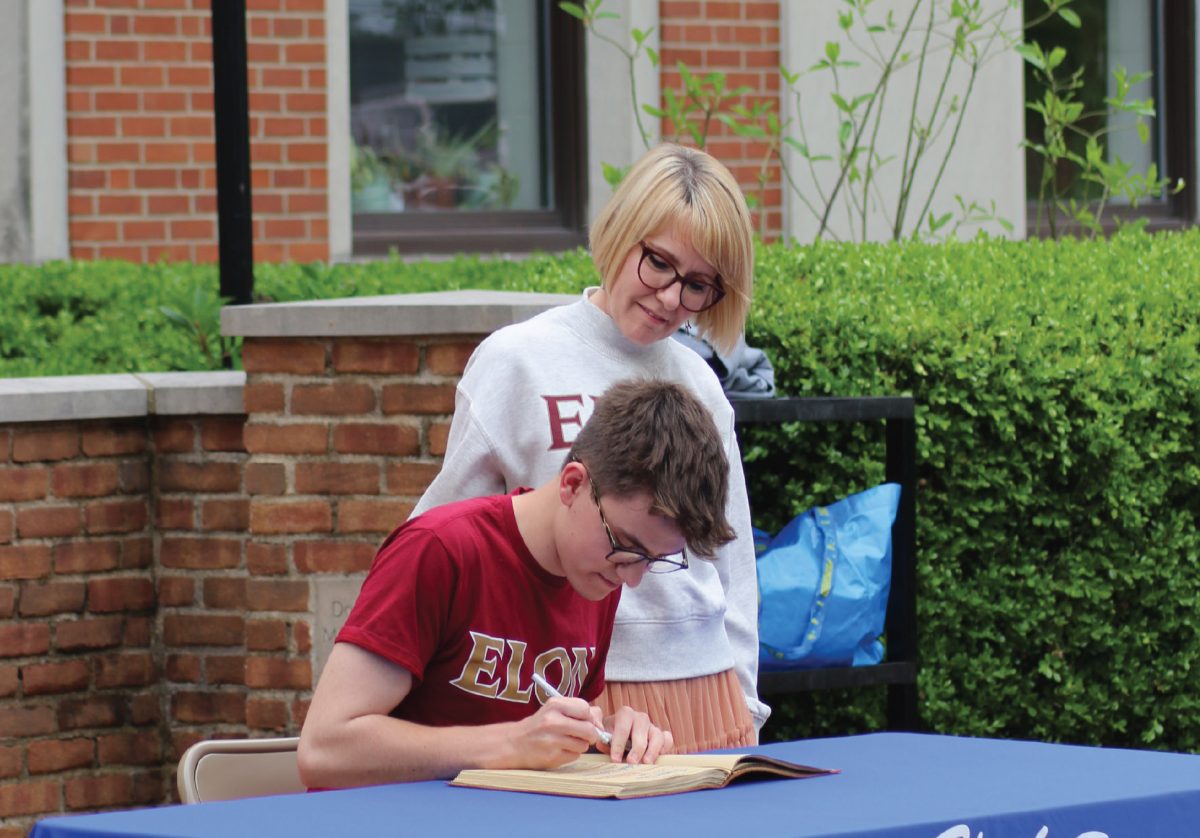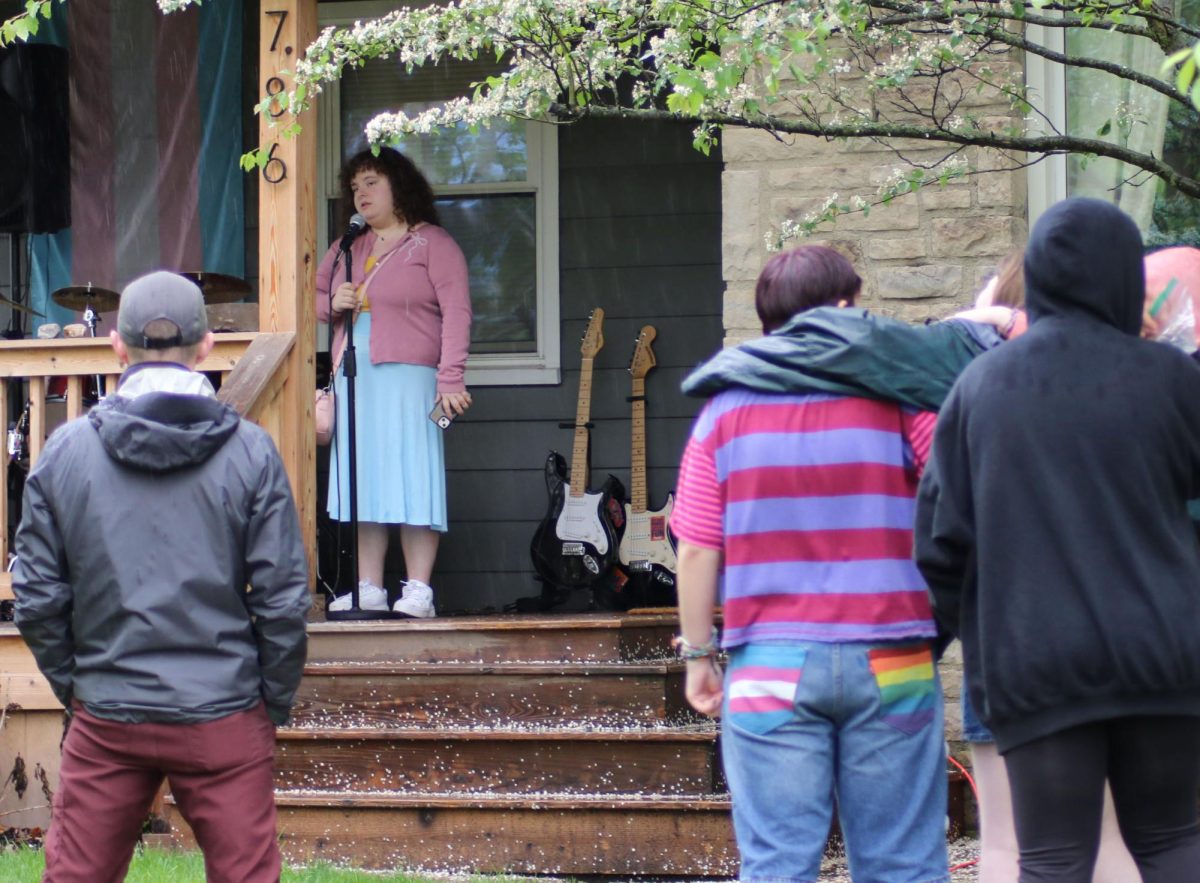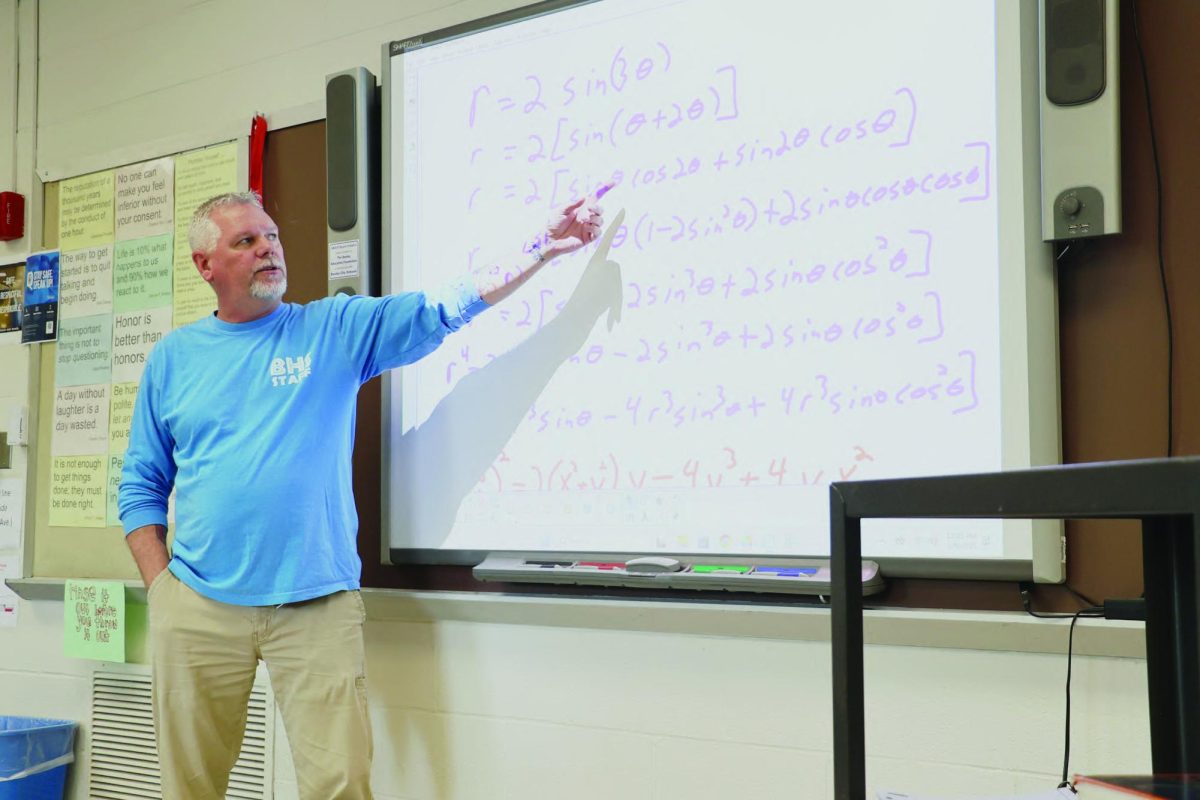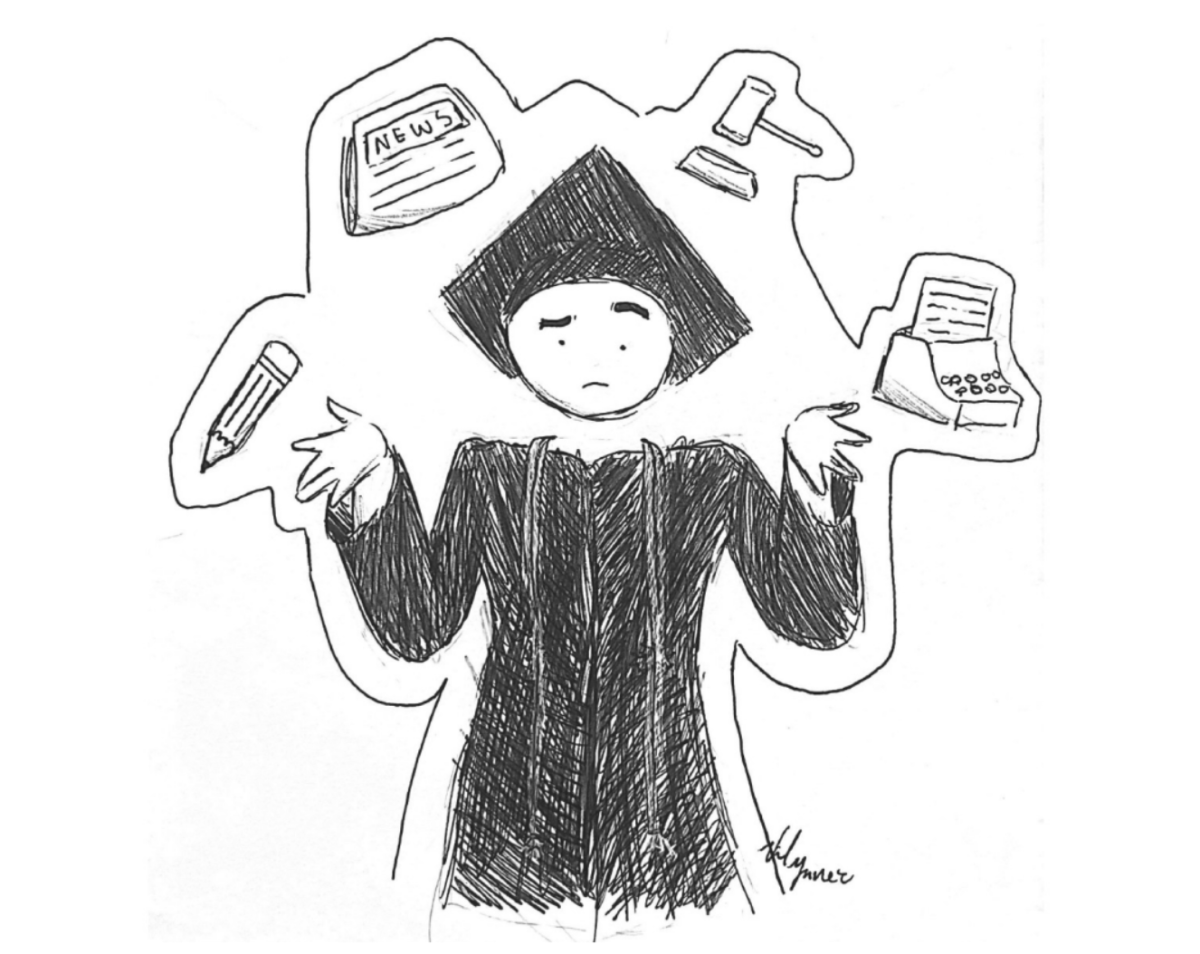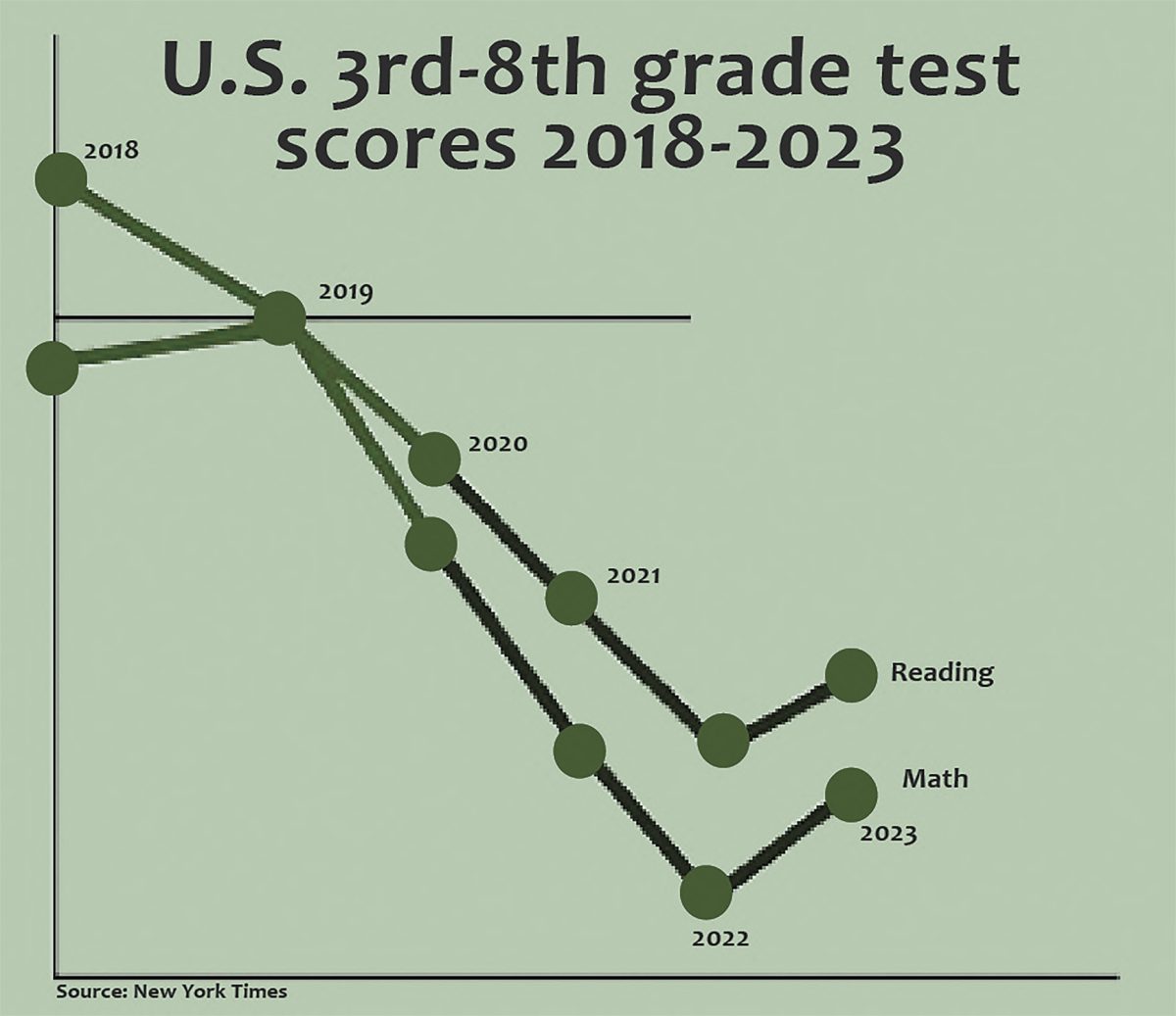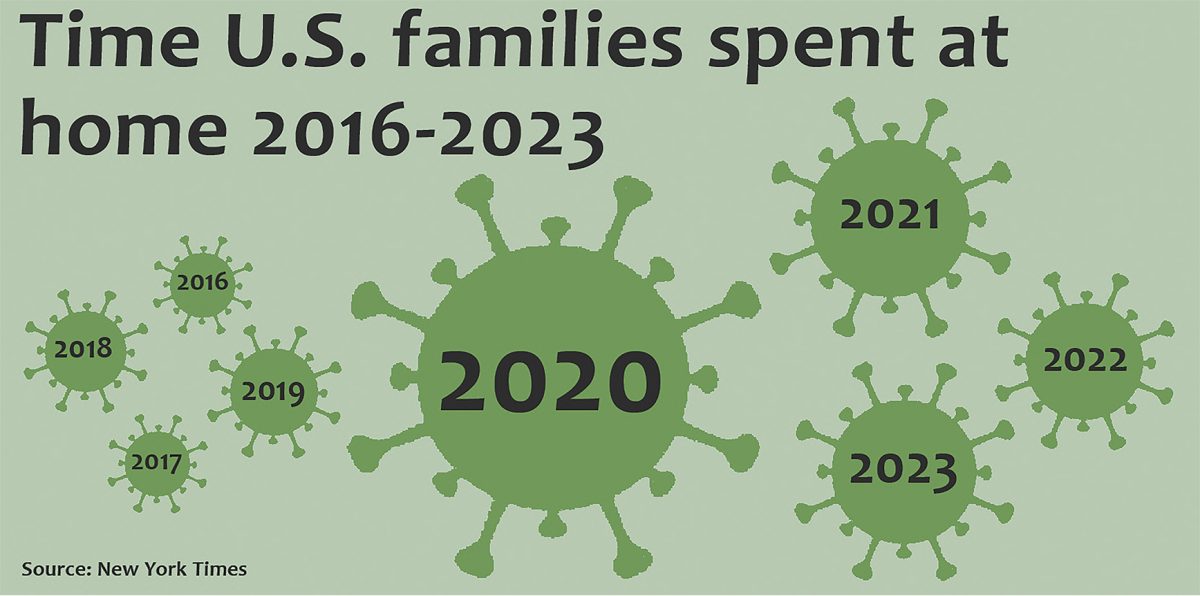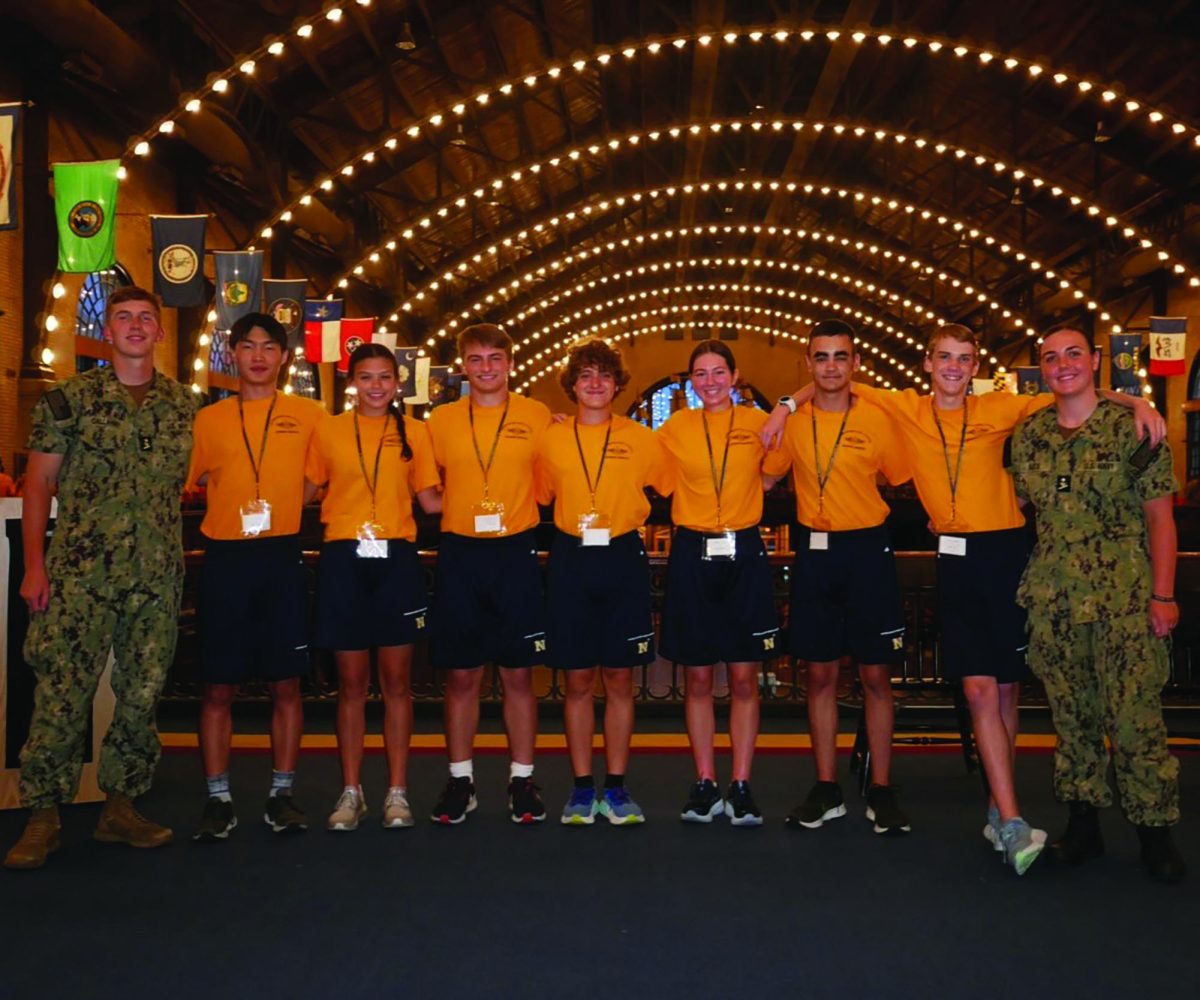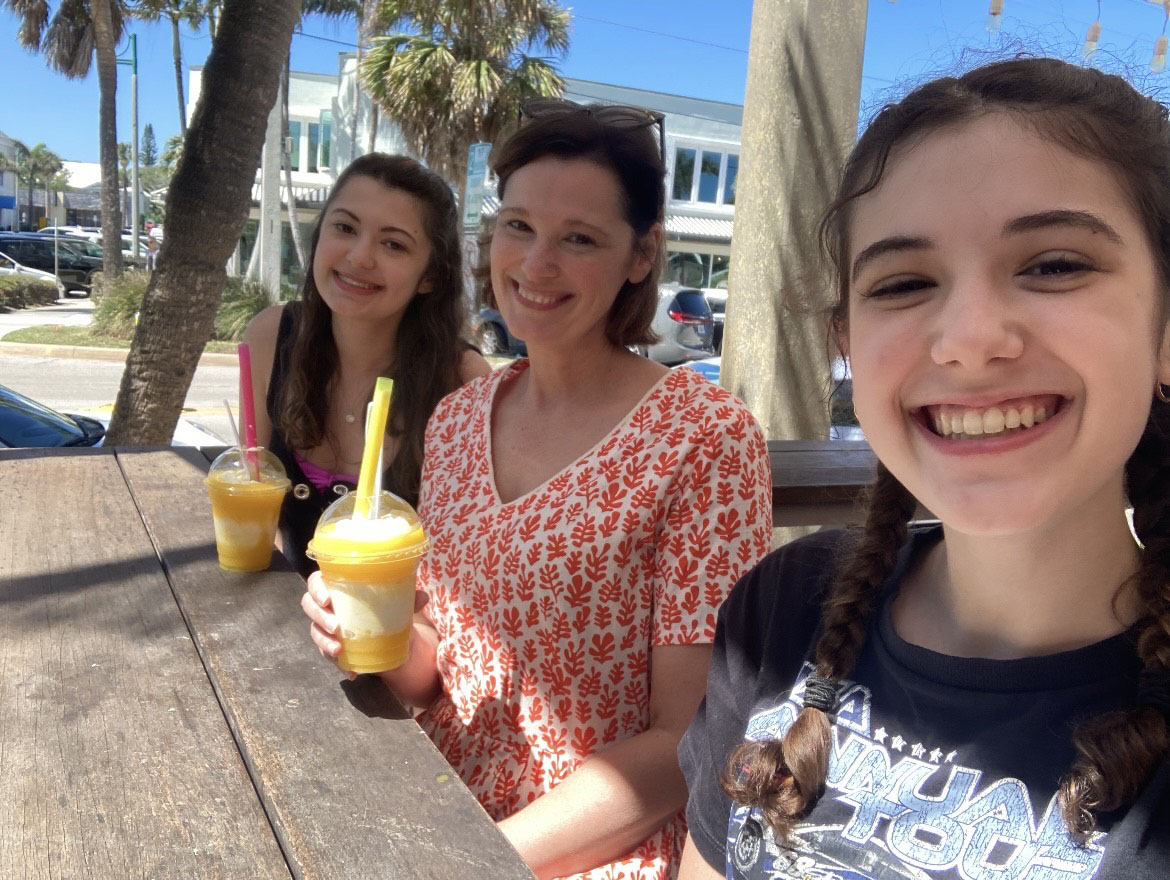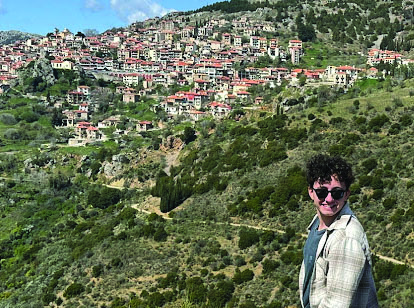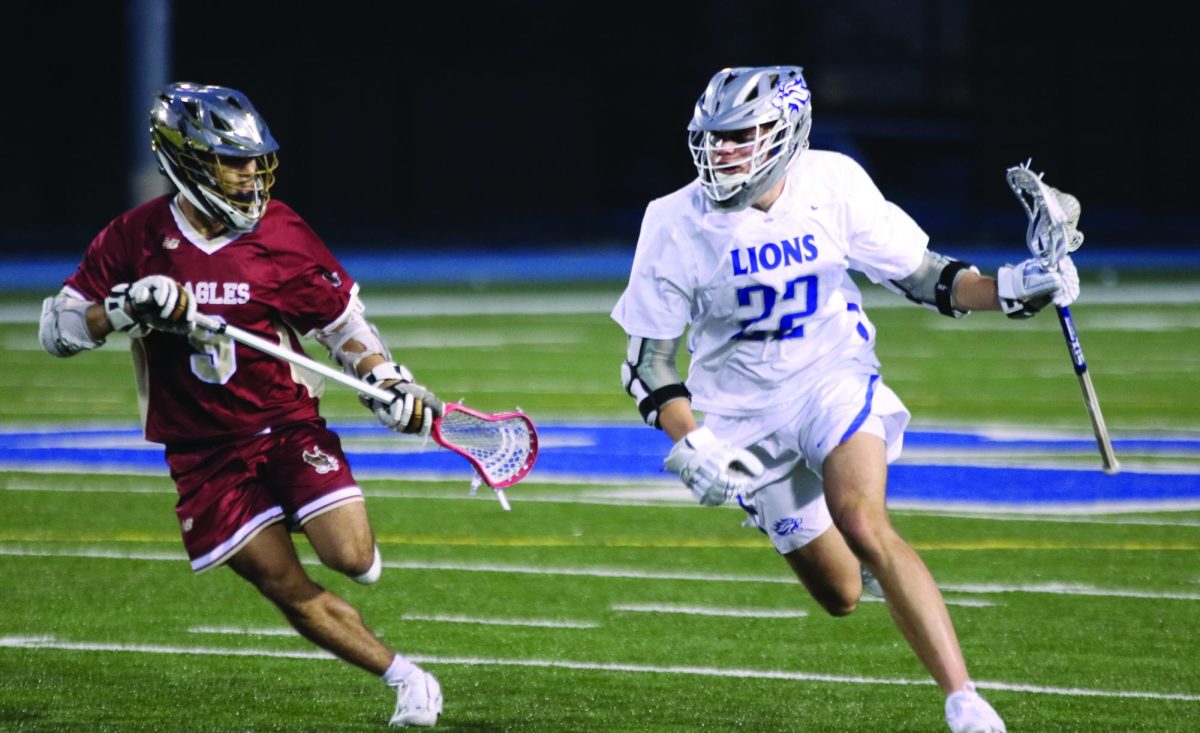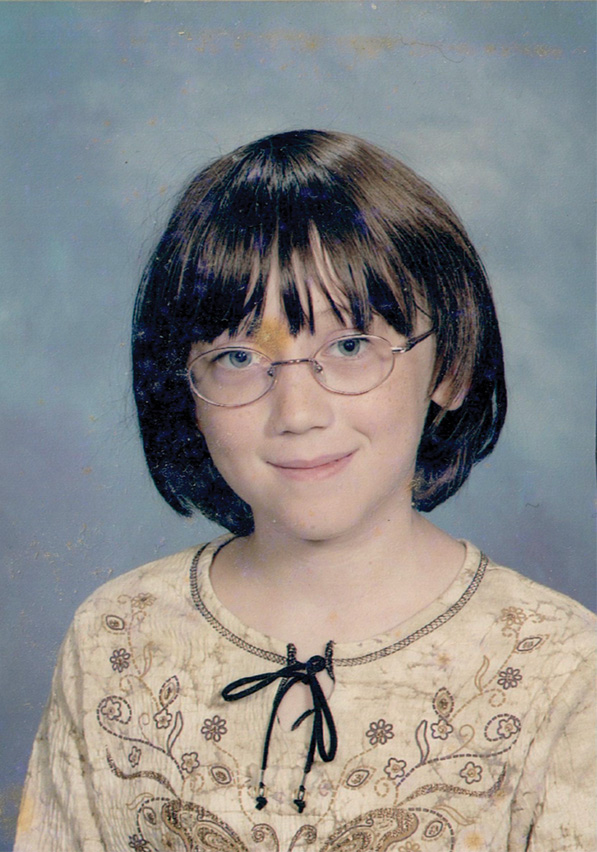The faculty has the task of making adjustments to improve the learning environment based on the results of a Panorama survey sent to all Bexley students second through 12th grade during the first week of March.
Principal Kristin Robbins said the survey is given once in the spring and once in the fall to analyze students’ social and emotional learning. The survey was chosen by the district during the previous school year because of its accessibility for all ages, she explained.
“Looking for a survey that is appropriate for a second grader and also a 12th grader can be challenging,” Robbins said. “We had to find a tool that met all kids’ needs and was gathering information that we felt was important.”
Assistant Principal Craig McMillen explained that the survey focuses on two sections split into six areas: student competency measures and student learning support and environment. Student competency measures analyzes self-management, social awareness, emotional regulation and grit, and student learning support and environment measures school climate and students’ sense of belonging.
The Positive Behavior Intervention Support team, made up of a dozen teachers and counselors, reviews the survey to look for trends in the data and then has the task of developing a plan to ensure growth, he explained.
Career and college counselor Stephanie Krosnosky said the survey allows the faculty to see specifically how students feel about certain areas.
“It helps us to focus and prioritize what we are going to do to help either decrease things that are problematic or improve things that are positive,” Krosnosky said.
From last spring to this spring, Robbins said students indicated positive improvement in four of the six areas: School Climate, Sense of Belonging, Emotion Regulation and Grit.
Robbins emphasized the importance of all students taking the survey, which is why there were specific days carved out in order for that to occur.
“If we only have a portion (of students) fill it out, then there’s always the fear or the concern that we’re missing pockets of students or populations of kids that we need to be paying closer attention to,” she said.
Krosnosky explained that the results of the survey during distance learning were better than she expected, and she was pleased to see the students adjusting so well.
“With the drastic difference in the structure of the day and the independence of all online virtuals, I think a lot of people felt they had a little more freedom,” she said.
